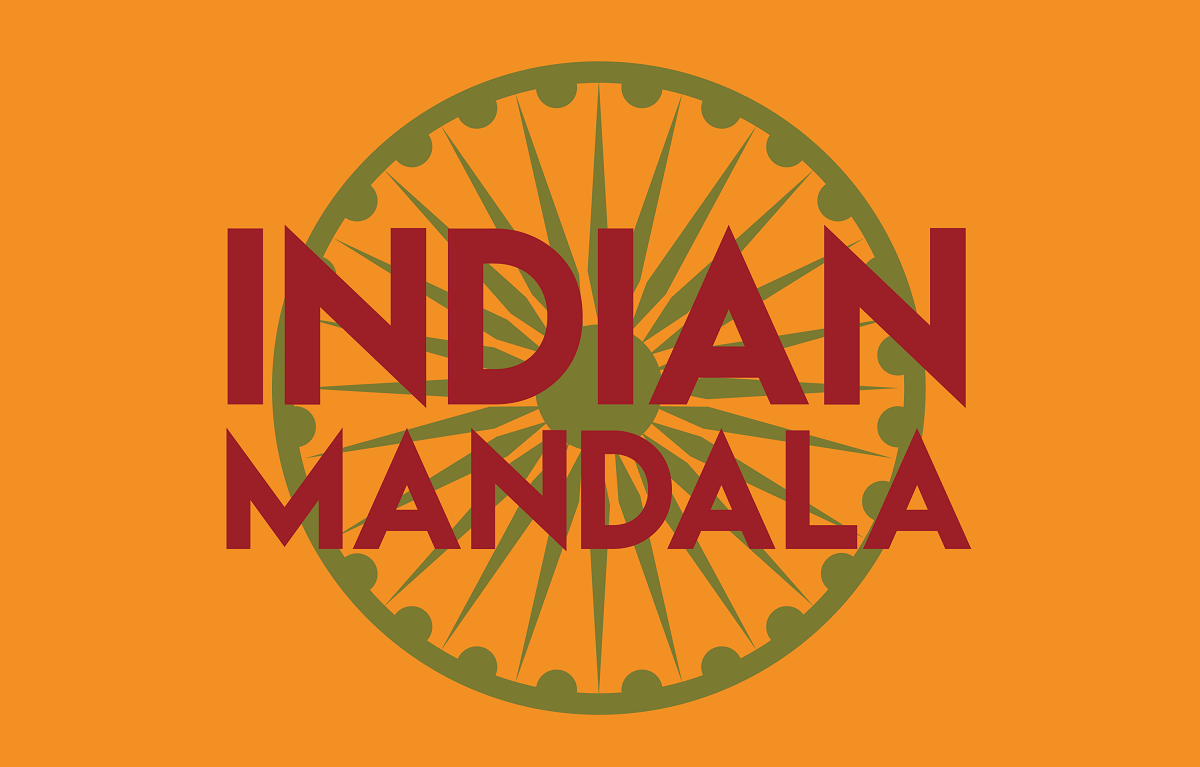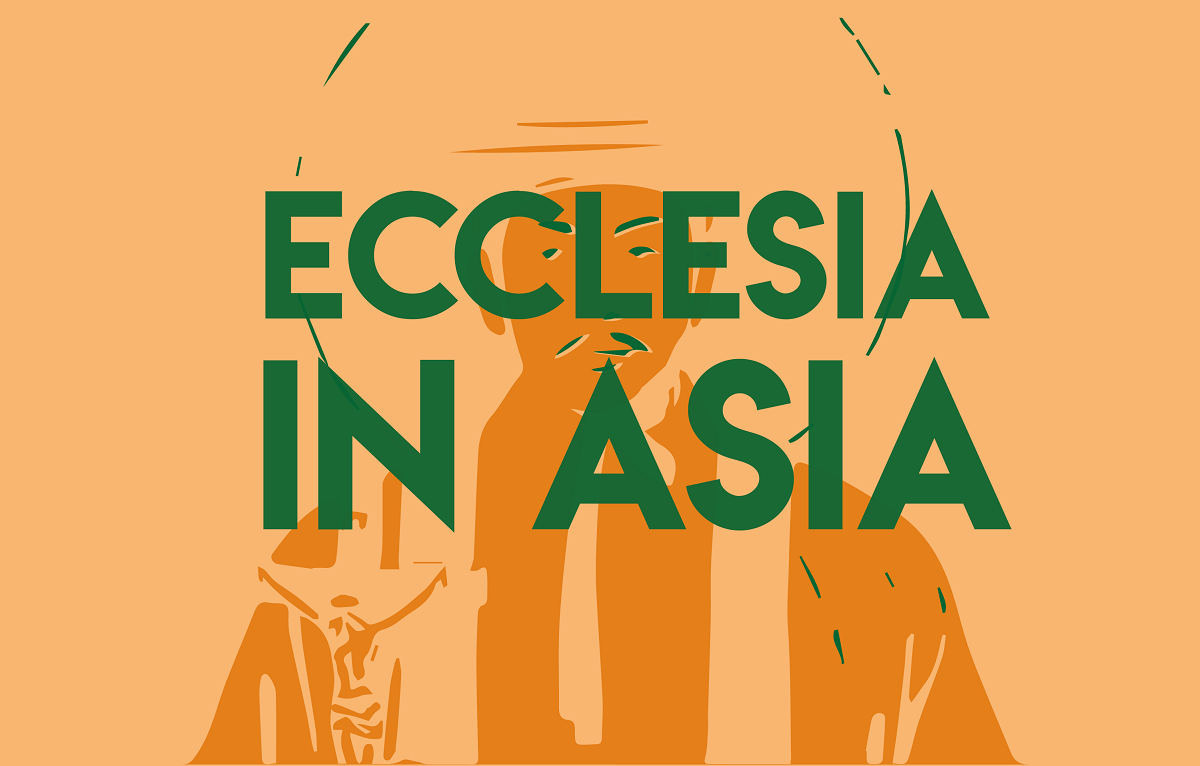Soon 50 percent of global economy will depend on Asia.
In India and China, the two giants of Asian economy, poverty is still a main issue.
Singapore (AsiaNews/AP) At the present moment, Asian economy constitutes one third of the global one. Because of the ongoing development of China and India, soon 50 percent of the world economy could depend on Asia. This is what Singapore Trade and Industry Minister George Yeo declared in Shangai. "East Asia, India and Southeast Asia together account for half of the world's population, and could well account for half of the world's economy within a few decades". A transcript of these remarks was released in Singapore. During a conference in China's commercial capital, Yeo affirmed that "China is likely to recover its position as the world's largest economy, which it was for most of human history".
In the first quarter of this year economic growth in China reached 9.8 percent year-on-year. However, officials have been trying to dampen the expansion rate because of fears of overheating. In May, India's central bank forecast that the economy of the country will surge between 6.5 percent and 7 percent in the year to March 2005. The expansion springs from the estimated 8.1 percent growth in the last fiscal year. "All over Asia, the present mood is upbeat. India has become a growth story full of promise. In the last six months, the economic growth of India has rivaled that of China" Yeo said.
The Minister emphasised that the regional situation could be endangered if military tensions flare across the Taiwan Strait, or there is renewed conflict on the divided Korean Peninsula. On the other hand, he added that these potential flash points could likely be "managed".
"Although the U.S. remains militarily dominant, we are seeing increasingly a multi-polar world with Europe, Russia, China, India, Brazil and South Africa becoming centers of global or regional power," Yeo said.
In Asia poverty is still co-existing with economic welfare. A UN document, the Human Development Report 2003, clearly shows that booming Asia is not defeating poverty. In India and China a large amount of the population live in meager conditions without having access to essential services. Between 1990 and 2001, 34.7 percent of Indians lived on less than $ 1 a day, and 79.9 percent on less than $ 2. Analogously, 16.1 percent of Chinese lived on less than $ 1 and 47.3 percent on less than $ 2. Between 1998 and 2000, 24 percent of Indians and 9 percent of Chinese was underfed. Between 1995 and 2001 10 percent of Chinese children, and 47 percent of Indian children (under the age of 5) was underweight. In 2000, 25 percent of Chinese population (of which 34 percent was from the countryside) had no drinkable water. In India 16 percent of the population (of which 21 percent lived in the countryside) had the same problem. 60 percent of Chinese people and 72 percent of Indians had no access to any kind of health program. In 2001 in China 31 newborn babies out of 1000 died. In the same year in India died 67 infants out of 1000. 39 out of 1000 children under the age of 5 died in China and 93 in India. According to some UN analysts, the economical growth is not the only thing that must be considered in measuring the development of an area. It is more urgent to look at the real situation and the poverty of people.
10/01/2005






.png)










